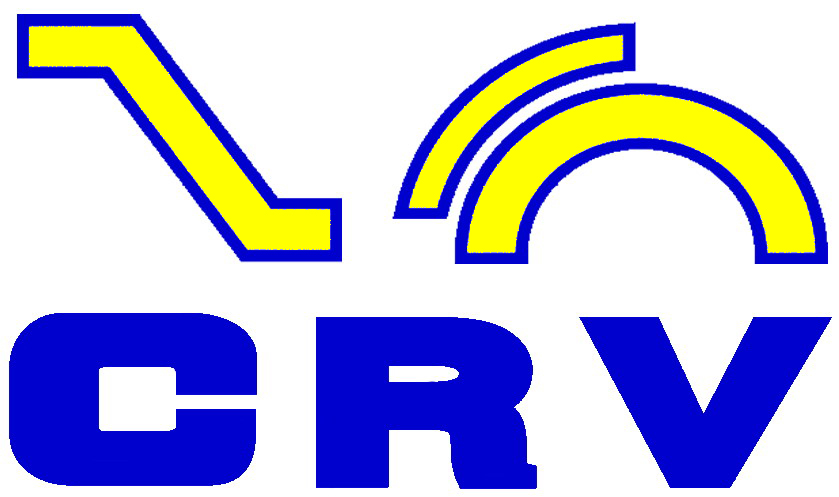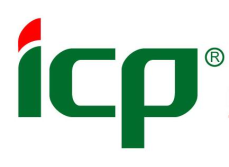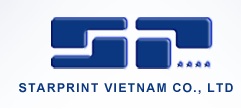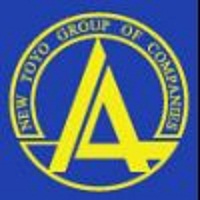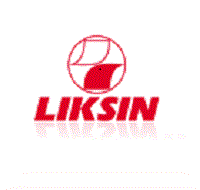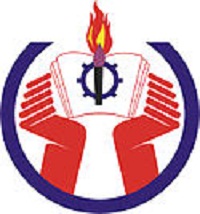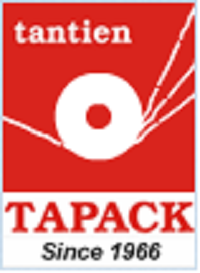
Tài liệu Duy trì Tự quản Autonomous Maintenence
7 nhân tố chính giúp triển khai bảo trì tự quản AM thành công
The Seven Keys to Making Autonomous Maintenance Activities a Success
Below is a summary produced by one of the Japanese consultants (Mr. F. Murata) with his thoughts on the keys to successful implementation of AM
1- Establish a leadership model process to allow managers to lead by example and put principles into actual practice on site.
Because:
By achieving the five leadership model goals and actually putting them into practice on the site, the ability to provide guidance in the workplace is fostered. This ability is verified by solving and improving problem points through the model process. Managers and supervisors increase through their own actions the effectiveness of operators who understand malfunctions and operators who can implement improvements and recover from problems.
2- In the workplace, operators themselves should bring up problem items affecting their daily work as themes for action.
Because:
Many losses exist in any plant or workplace. In a large number of cases, no one knows what the source of contamination is. In most of these instances, the problem has become chronic and the operators have given up on trying to correct it. In order to clearly identify bottlenecks and problem points so that the operators themselves can institute improvements, the entire plant or workplace must be made aware that such problems exist and everyone must work to improve the workplace themselves.
3- Each member of the AM group should work on one sub-theme in order to build a sense of accomplishment.
Because:
If all members of a group take up a single theme for their activities, in many cases the actions taken affect only a few specific members and progress is not as expected. The reason for this is that each individual does not have the chance to experience a feeling of accomplishment. No matter how small the theme, each person should have an opportunity to experience the joys, sorrows, and fulfillment that comes from seeing the results of one’s own ideas and work.
4- Evaluate the results and effectiveness of AM activities fairly, search for the good points, and praise individual growth.
Because:
In the workplace, bad things are always evaluated on an individual basis, while good things, particularly small improvements and recoveries, are generally ignored. Also, many things just don’t get evaluated at all. The result is a lack of vitality in the workplace and a mood of stagnation as actions become routine. Large accomplishments are accumulations of many small steps. Make sure to accurately evaluate each person on an individual basis.
5- Integrate activities matching company and plant administration guidelines into every corner of the workplace and practice goal-oriented management.
Because:
It is essential that it be made clear how all activities in the workplace mesh with the guidelines of the company or plant. It must be shown which target item in the guidelines from top management a particular activity is linked to and which target items even minor workplace improvements contribute to. The cause-and-effect relationship must be clear, as well as the links with the results of what the operators are working on themselves.
6- Make the AM organization, role, and contribution of overlapping small group activities clear to everyone, from the top management to the first group.
Because:
Companies and plants have a functional organization designed to allow daily production to proceed smoothly under the management and promotion of administrators. By adding overlapping layers to this organization that are aligned and synchronized with it, top-down and bottom-up movement of information can proceed quickly, accurately, safely, efficiently, and smoothly, making the role of each stage clear to everyone.
7- Evaluate and create a feedback system so that the progress, circumstances, and process of activities are understood.
Because:
Results are important, but to improve results one must concentrate on the process that leads up to them. If that philosophy is that any process is fine and anything goes so long as the results are good, there never will be any changes in the personnel and constitution of the workplace. By making adjustments to management, organization, methods, and procedures, a single accomplishment can magnify its effects horizontally, leading to results many times greater.







